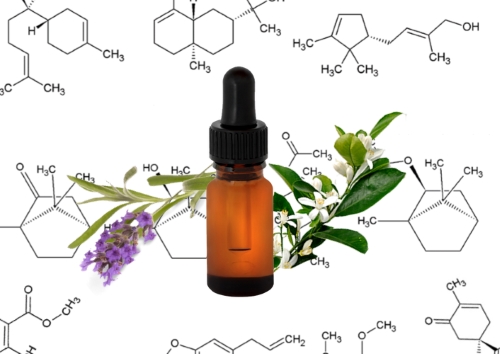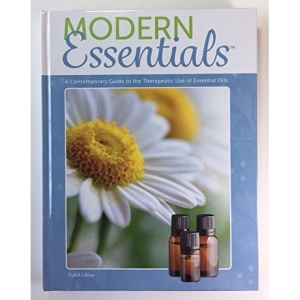You go to the store or get online and invest your money in an essential oil to make that lovely cream or lotion. You’ve read that a certain oil should yield certain results.
You see zillions of companies selling the exact essential oil you want to purchase with different prices and touting better products.
As an example, I was recently in the market for 15ml of Neroli oil. So, online I went. I discovered two companies each selling 100% pure Neroli oil. The price from one company was $125 for 15 ml and $12.50 for 15 ml ($25 for 30 ml) from the other company. Big question marks immediately loomed over my head. Was one company exceptionally greedy or was one of them trying to sell a flawed oil?
I’m used to seeing large differences in the price of essential oils, but 10 times more expensive was over the top. What was going on? I had to find out.
The 10 steps I use to make all my essential oil buying decision
-
- Companies that care about the quality of their products won’t sell imitation oils. How do you find these companies? Check their reputation. Type the name of the company into Google or your preferred search engine and see what you can learn. Also, check with the Better Business Bureau for any complaints or legal action.
- Before buying an oil, do a little research to find the active ingredient(s)
- The company should be able to provide you with a GC/MS report. A GC/MC report will tell you what chemicals are in an oil and how much of those chemicals exists. When buying essential oils for therapeutic/medicinal purposes, it is the chemistry that counts. For example, say you want to use lavender essential oil to help you get a better night’s sleep. If you are not using pure lavender essential oil, you will be unable to verify whether the essential oil will work for you or not.
- Make sure the essential oil is labeled “100%” pure. The label should also contain the genus and species of the plant e.g. Lavandula angustifolia (lavender).
- The container should be made of glass of a dark color (usually either amber or blue).
- Find out the geographic location of the source plant and what part of the plant was used and how it was processed. (You might need to contact the company to get this information.) Remember, not all parts of the same plant have the exact same chemical constituents.
- How much does the oil cost? The process of making essential oils is expensive. For instance, it takes about 30 pounds of lavender blossoms to make 15 ml of lavender essential oil. If the oil you purchase is too cheap, it probably has been diluted with a lower-cost oil or worse, it might be some concoction drummed up in a lab. Note: However, just because an essential oil is expensive doesn’t guarantee its purity. Essential oils are more expensive when multi-level marketing companies sell them. Examples include doTERRA and Young Living essential oils. Both companies produce excellent quality oils, but they will generally cost you more than you need to pay.
- Give the product a sniff test. A pure essential oil derived from the same plant species should smell almost the same regardless of who is supplying it. However, it’s important to note that oils can vary somewhat from year to year depending on growing conditions, geographic area from where the plants are sourced, how they are processed, and how soon they are processed after harvest.
- Therapeutic grade, medicinal grade, or grade A are meaningless terms since in the U.S. there is no standardized grading system at the time of this writing. Each manufacturer at this time is free to develop its own standards. Other than the GC/MC report there is really no way to know what actually is in the oil.
- If you happen to receive an essential oil that seems off to you and you’re working with a good company, don’t immediately assume the company has gone to the dogs. Contact them immediately with your concern. I guarantee you that a good company wants to know if there’s a problem with one of their products.
Okay, how did my two companies fare based on these 10 criteria?
The company with the cheap oil could not provide me with an MC/GC report on their oil. The company with the expensive oil had the report readily available on its website for instant access.
When I dug deeper into the price of the oil from the more expensive company, I found it wasn’t too far off the prices of other reputable companies and was actually less expensive per ml than some of the companies I had done business with in the past.
Both companies were new to me, so I checked with the Better Business Bureau and found nothing suspicious there.
The company with the cheaper oil sold its product on Amazon, the company with the more expensive oil did not. Unfortunately, I had only one set of reviews to read. In reading the reviews, I noticed that there were several aromatherapist reviews. These folks reported that the scent of the cheaper oil was “off.”
Despite the negative Amazon ratings, I was tempted, really tempted to give that $12.50 oil a try, but the little girl of reason that lives in my head told me that the price was too good to be true.
Since I don’t like to give up on what might be a good deal, I decided to contact the company selling the cheaper oil. I sent them the following e-mail:
“Just checked on the price of your Neroli oil. How do you manage to sell it at such a low cost? Something seems off.”
The message I got back was as follows:
“Please rest assured that this is an authentic (Name of company deleted), 100% pure therapeutic grade Neroli Essential Oil (citrus aurantium), with nothing added or taken away.
We keep the prices as low as we possibly can to our customers.”
The message basically told me nothing more about the oil other than the plant from which it was derived and that it was “100% pure therapeutic grade”. They didn’t offer to provide testing results, but in fairness to them, I didn’t ask for any and probably should have.
I ended up purchasing the more expensive oil. When it arrived, the first thing I did was give it the sniff test which it easily passed. I made the right choice.
Now go have fun and relax.
Recommended articles:
The Difference between Fragrance Oils and Essential Oils



